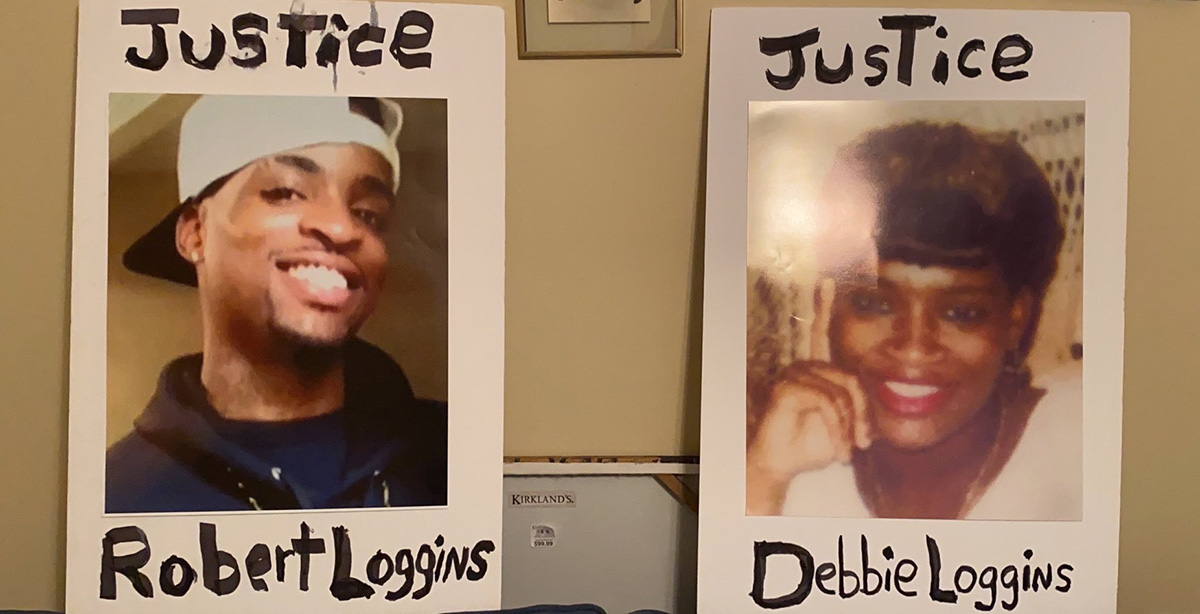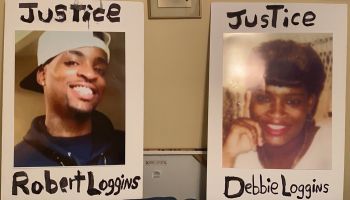
Source: Mississippi Free Press / iOne Digital
The most terrifying situation for a black person is being in police custody for long periods of time without a way to reach family and or friends. It’s like being in the middle of shark-infested waters while floating on an old piece of driftwood. You feel helpless and afraid that these might be the last moments of your life. This feeling is a reality to so many black people living in America. George Floyd became the face of a movement because bystanders filmed his attack. But what if no one was there to film it? Would there still have been justice?
In 2005 in Carrol Country, Mississippi a black woman named Debbie Loggins got into a fight with a woman when police were called to the scene. According to police records, she became combative with officers when they tried to arrest her. She was eventually placed in handcuffs and legs shackled, but officers had a hard time getting her into the squad car because she struggled. Police decided to hogtie her, wrapping her arms and legs together behind her back and placing her face down in the police vehicle. During the trip to jail, officers noticed she was quiet and not kicking, but didn’t stop to check on her. When they arrived they found her in the back of the squad car with no pulse. She was pronounced dead before arriving at the hospital. The family filed a wrongful death suit against the police, but a federal judge dismissed the suit stating deputies used reasonable force to subdue the woman. But according to some experts, leaving her hogtied left her in danger of positional asphyxia and could have played a major role in her death. Just when you think this story has reached maximum sadness, it hits you with another gut punch.
Debbie Loggins’ death left a 13-year-old black boy with no mother. Her son, Robert Loggins, grew into a man with the pain of his mother’s death forever lingering. He would battle with mental health and drug problems his entire life. In November 2018, Robert, who was now 26, found himself in a situation just like his mother. He wandered into a neighbor’s backyard falling to his knees, crying for help. The neighbor called 911, hoping they would come to help Loggins who was visibly broken.
When police arrived they found Loggins face down with his arms tucked under his body. Officers recognized Loggins, as he had been in trouble with the law before. They repeatedly asked Loggins to put his hands behind his back. He responded, “Y’all going to kill me?” But police reassured him he wasn’t in danger.
Less than an hour later, he was dead.
Just like his mother, police used dangerous restraint techniques which increased his risk of death from asphyxia. Even though the Justice Department condemned such techniques, police all over the country still use them.
The Loggins family says they won’t stop fighting for justice. The sad deaths of Robert and Debbie could have been prevented if the police didn’t did use such dangerous restraint methods.
On Aug. 21, 2021, the family protested outside the Grenada County Jail in Mississippi.
“What these officers seem to be saying is this man’s ability to breathe was less important to them than a pair of handcuffs,” said the lawyer for Loggins’ estate, Jacob Jordan.
More often than not, the pain of black folks doesn’t make it to mainstream media. But that pain is real and it’s very sad.
Images and videos of police killing young black people are ingrained into our brains, with no outlet to escape.
It festers until we just can’t take it anymore.
ALSO SEE:
New Minnesota Task Force Will Study ‘Root Causes’ Of Violence Against Black Women
Mississippi Teen Uses Make-A-Wish Opportunity To Feed The Homeless In His City
Mother And Son Both Killed While In Police Restraints – Years Later Family Still Seeks Justice was originally published on newsone.com
















